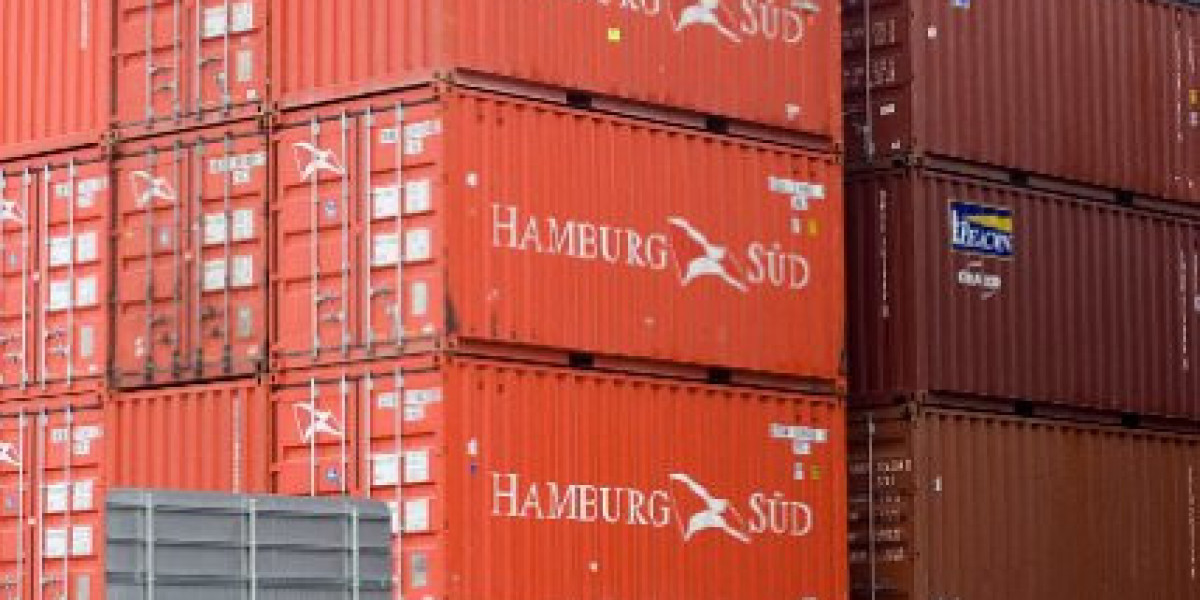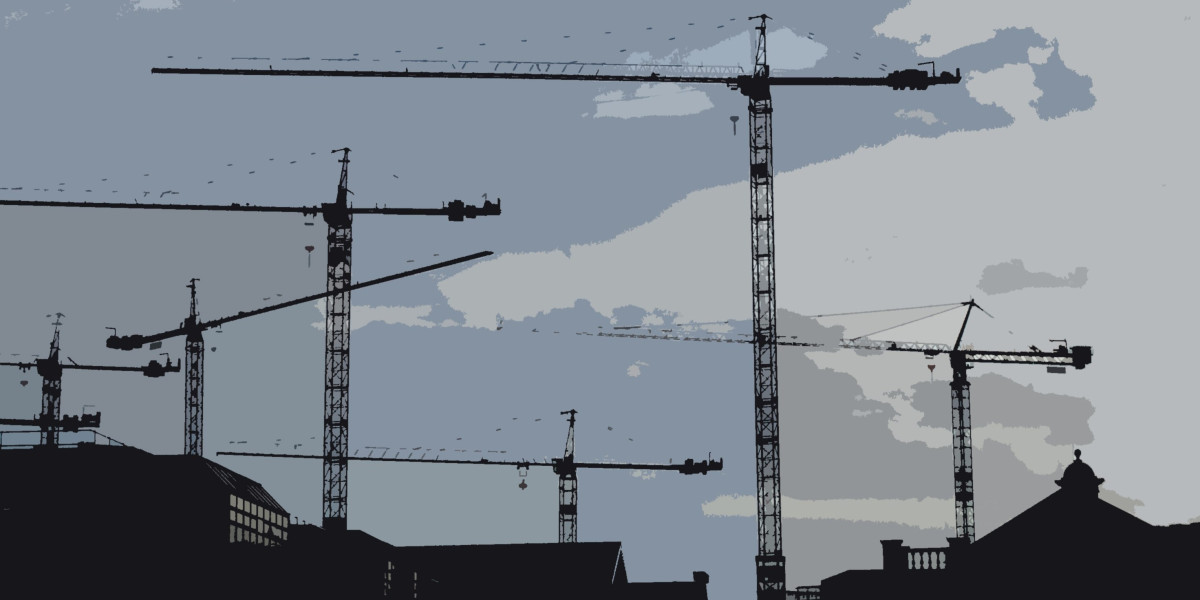Dianabol Dbol Cycle: Best Options For Beginners And Advanced Users
Impact of Climate Change on Global Health & Societal Well‑Being
---
1. Public Health Threats
| Issue | How Climate Affects It |
|---|---|
| Vector‑borne diseases (malaria, dengue, Zika) | Warmer temperatures and altered rainfall patterns expand the geographic range of mosquitoes, lengthening transmission seasons. |
| Food‑borne illness | Higher ambient temperatures accelerate bacterial growth in food, while flooding can contaminate water supplies. |
| Water‑borne disease | Flooding dilutes treatment chemicals; drought stresses water quality as concentrations rise. |
| Heat‑related illnesses | Rising frequency of extreme heat waves leads to dehydration, heatstroke, and cardiovascular strain—especially for vulnerable populations. |
> Case Study: In 2016–2017, the United Nations predicted a 25% increase in malaria cases by 2050 if no action was taken to curb climate‑driven vector expansion.
---
3. The Role of Sustainable Development Goals (SDGs)
| SDG | Relevance to Climate Action |
|---|---|
| 1 – No Poverty | Reducing poverty improves resilience; marginalized communities are disproportionately affected by climate shocks. |
| 2 – Zero Hunger | Food security depends on stable rainfall, soil health, and pest management—all impacted by warming. |
| 3 – Good Health & Well‑Being | Climate change exacerbates disease spread (e.g., vector‑borne illnesses). |
| 4 – Quality Education | Educating about climate science empowers future generations to act. |
| 5 – Gender Equality | Women often lead in resource management; their inclusion enhances sustainability outcomes. |
| 6 – Clean Water & Sanitation | Climate shifts threaten water availability and quality. |
| 7 – Affordable, Clean Energy | Transitioning to renewable energy reduces emissions and fosters resilience. |
| 8 – Decent Work & Economic Growth | Green jobs create employment while protecting the planet. |
| 9 – Industry, Innovation & Infrastructure | Sustainable infrastructure supports long‑term development. |
| 10 – Reduced Inequalities | Climate justice ensures vulnerable communities receive support. |
| 11 – Sustainable Cities & Communities | Urban planning must incorporate green spaces and resilient systems. |
| 12 – Responsible Consumption & Production | Efficient resource use mitigates environmental impact. |
| 13 – Climate Action | Direct efforts to reduce greenhouse gases. |
| 14 – Life Below Water | Protect marine ecosystems from pollution and over‑exploitation. |
| 15 – Life on Land | Conserve terrestrial habitats, forests, and biodiversity. |
---
5. The Future Path
5.1 Climate Projections
- With current pledges, the global temperature is projected to rise ~3 °C by 2100.
- Even this "low‑end" warming can cause sea‑level rise of up to 1 m, large shifts in species ranges, and increased frequency of extreme weather events.
5.2 What It Means for You
- Personal: Changes in energy bills (due to more efficient appliances), potential relocation if your area becomes prone to flooding or heatwaves.
- Community: Investment needed in flood defenses, cooling centers, and resilient infrastructure.
- Global: Continued displacement of people from low‑lying areas; pressure on food systems due to altered growing zones.
6. How You Can Help
A. Reduce Your Carbon Footprint
| Action | Why It Matters | Quick Tips |
|---|---|---|
| Use public transport or carpool | Cuts per‑person emissions | Plan routes, use apps |
| Switch to renewable electricity (solar, wind) | Directly reduces fossil fuel demand | Install rooftop panels; choose green tariffs |
| Cut meat consumption | Livestock is a major methane source | Try plant‑based meals once a week |
| Recycle and compost | Avoids landfill emissions | Separate plastics, organics |
B. Advocate for Policy Change
- Contact local representatives: Request stronger climate action plans.
- Support carbon pricing legislation: Helps internalize environmental costs.
- Push for green infrastructure projects: Parks, bike lanes reduce car dependency.
C. Promote Sustainable Development
- Encourage circular economy practices in businesses.
- Invest in renewable energy cooperatives to democratize power generation.
- Participate in community tree‑planting events to sequester CO₂ and improve air quality.
Practical Takeaway
- Recognize the systemic link between emissions, ijb.org.in policy, and health outcomes.
- Act at multiple scales—individual lifestyle changes, local advocacy, national policy support.
- Measure progress: Track reductions in personal carbon footprint, local emission inventories, and public health metrics.








